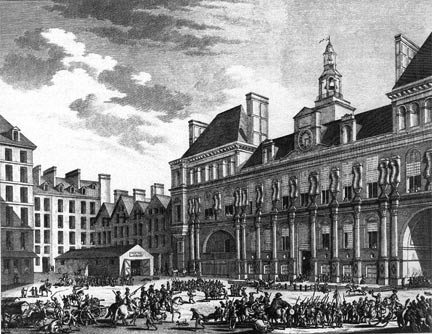Trapped by history
by Marco Chown Oved
Article published on the 2009-04-01 Latest update 2009-05-08 09:20 TU
Paris has always been the site of grandiose projects and historic monuments but any kind of central planning was hampered by governments worried about revolt. In 1977 Jacques Chirac became the first mayor of Paris for more than 100 years.
The spectre of revolt haunts Paris. The city has had its municipal government weakened, usurped or simply dissolved several times since the French Revolution, which made famous its bands of sans-culottes, or urban poor rebels.
Governments afraid of these trouble-makers who wouldn't hestitate to riot, revolt or start a revoultion whenever they saw fit, kept as much power as possible away from local Parisians.
But France's capital has also benefitted from dozens of monuments, cathedrals and grand buildings built by emperors and presidents alike, all seeking to make Paris's facade live up to her history.
Baron Georges-Eugène Haussmann tackled Paris's first redesign during the Second Empire, under the pretext of cleaning up a dirty city.
In the aftermath of the Paris commune, his broad avenues, such as the Champs Élysées, aimed to be too wide to be blocked by barricades and made it easy for companies of cavalry to put down unrest.
His heavy hand was widely decried at the time, but the city's resulting geography of broad avenues and ornate facades was widely imitated around the world.
A full century later, Charles de Gaulle left his mark on Paris in the 1960s by building the ring-road, or périphérique, and the regional RER transport system.
The périph, as its commonly known, was built over the traditional fortifications of Paris, physically locking the historic city limits into modern Paris.
The next big step for the French capital is a planned amalgamation of Paris and its immediate suburbs to expand its population from a mere two million to over 11 million and to push back the city limits for the first time since 1860.
But the change is not only political. It will be accompanied by massive infrastructure investment – part of France's economic recovery plan – and will seek to update Paris's image from 19th century wonders, such as the Eiffel Tower, to 21st Century solutions, such as innovative new green spaces and public transport systems.








